We greet the 2019 of art with an article in which we wanted to collect ten good news stories throughout a year that we will certainly remember for negative facts (such as the Notre-Dame fire, the Venice flood, the demolition of the Pont des Trous and the Lodi Vegetable Cathedral) but also for many positive things. Here are ten we think are interesting!
10. The birth of the print version of Finestre Sull’Arte.
You will forgive us if we are a bit self-celebratory and party ourselves, but the birth of a new art magazine is always a good thing and we are happy with our new publishing product, launched in March, which has brought a novelty to thousands of homes, created debate thanks to the interventions of the most authoritative voices in Italy and abroad, published articles by prestigious signatures, as well as critics, art historians and established journalists, and also some young and very young new talents. For those who are curious, here we present the project and let you browse through an entire issue of the magazine!
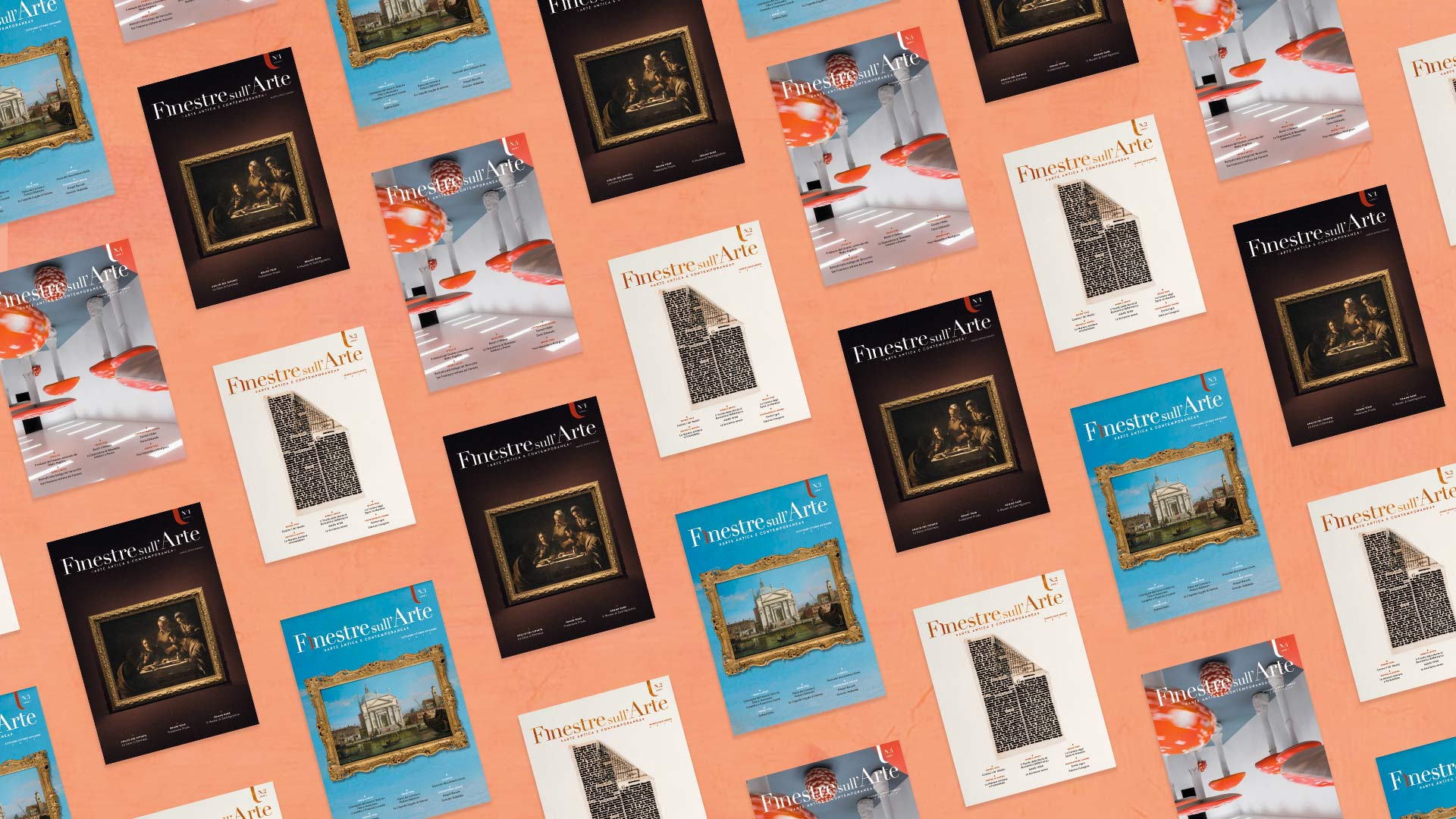 |
| Our print magazine |
9. The first sticker album dedicated to art history
If we had to point out what was the most popular publishing novelty of the year, we would probably have no doubt to say that it was Artonauts, the first sticker album dedicated to the history of art. A great success, which also required reprints given the high demand. A way to make the little ones appreciate art. But we know that many adults also enjoyed the album. Here in the newsroom we know a little about that... ! Full story here.
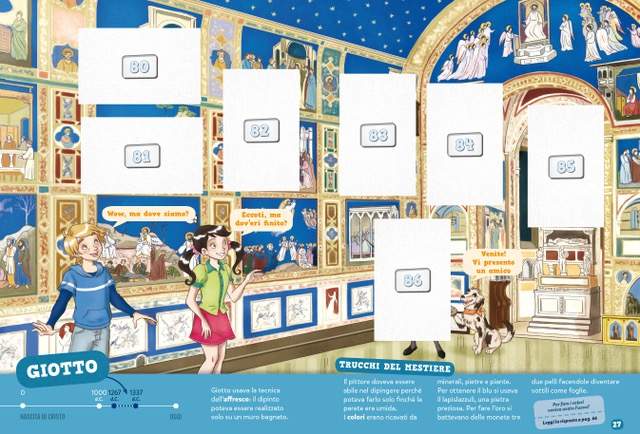 |
| Artonauts, the first sticker album dedicated to the history of art. |
8. State purchases Lorenzini head, very important Etruscan sculpture
We are happy when the state invests resources to purchase important works of art. And in February, the state finalized a very important purchase, that of the Lorenzini Head, which the great archaeologist Ranuccio Bianchi Bandinelli called “the most Greek of Etruscan works.” It is one of the very rare Etruscan works in marble, dating from the late 6th-early 5th century B.C., and according to experts is the most important statuary fragment in Volterra as well as one of the most significant sculptures in the entire history of Etruria. To secure it, the state spent 355,000 euros and now the work is on display at the National Archaeological Museum in Florence. Full story here.
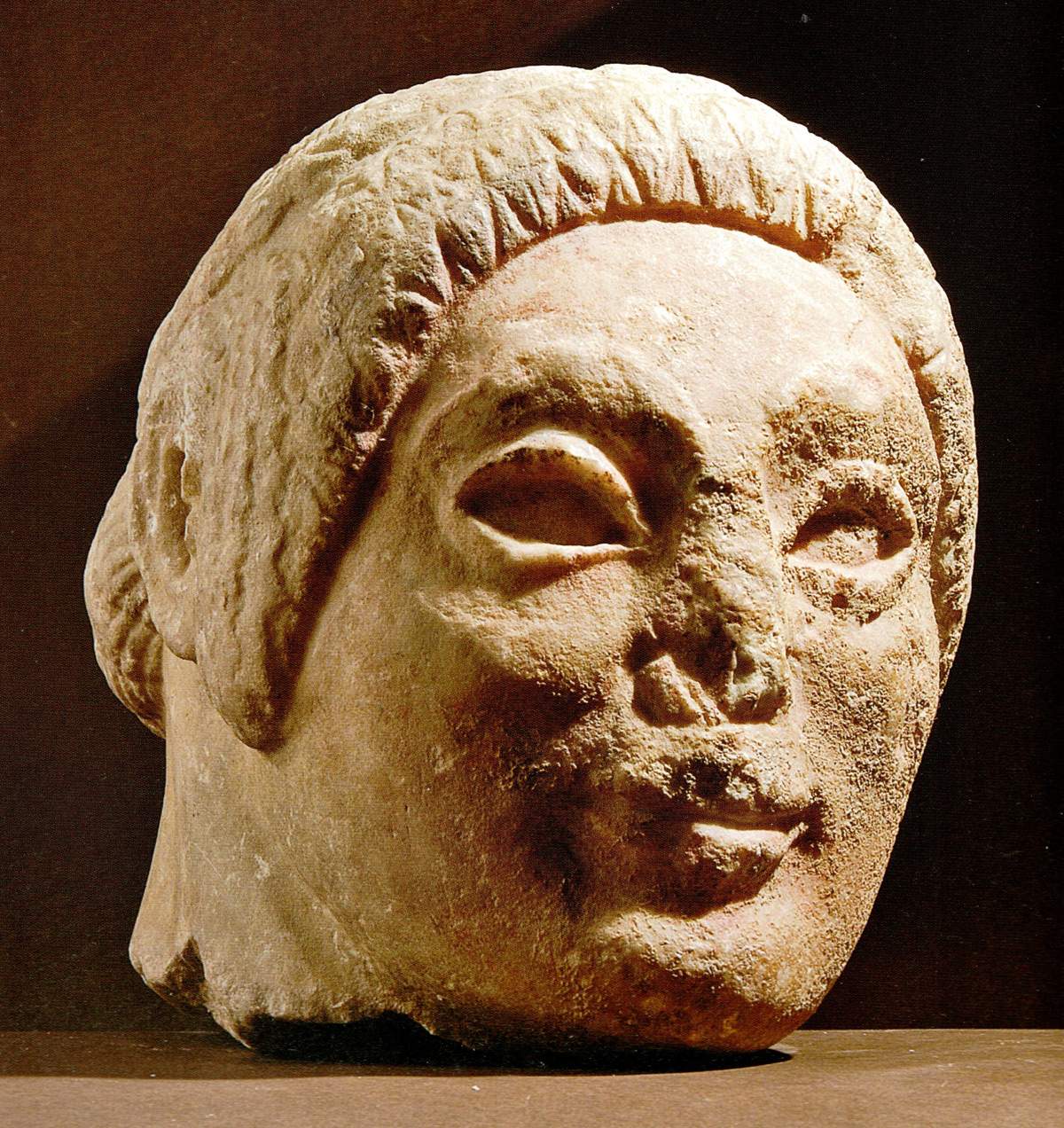 |
| Lorenzini’s head |
7. Entrepreneur Manlio Maggioli buys four works by Cagnacci and displays them in his restaurant
It is not every day that a local entrepreneur decides to invest in works of art to show them off to everyone. This time, however, it has happened: in Santarcangelo di Romagna, entrepreneur Manlio Maggioli, patron of Maggoli, a large company active in the branch of services for public administration, has purchased four paintings by Guido Cagnacci, one of the greatest artists of the 17th century, and has decided to display them in a special room in a restaurant owned by the company. This news is all the more important considering that Cagnacci was born in Santarcangelo di Romagna itself, and that is where the works will be displayed. Many have turned their noses up at the fact that Maggioli displayed the works in his restaurant instead of donating them to a museum: but still, everyone can now see them. And it’s not even mandatory to eat at the restaurant! Full story here.
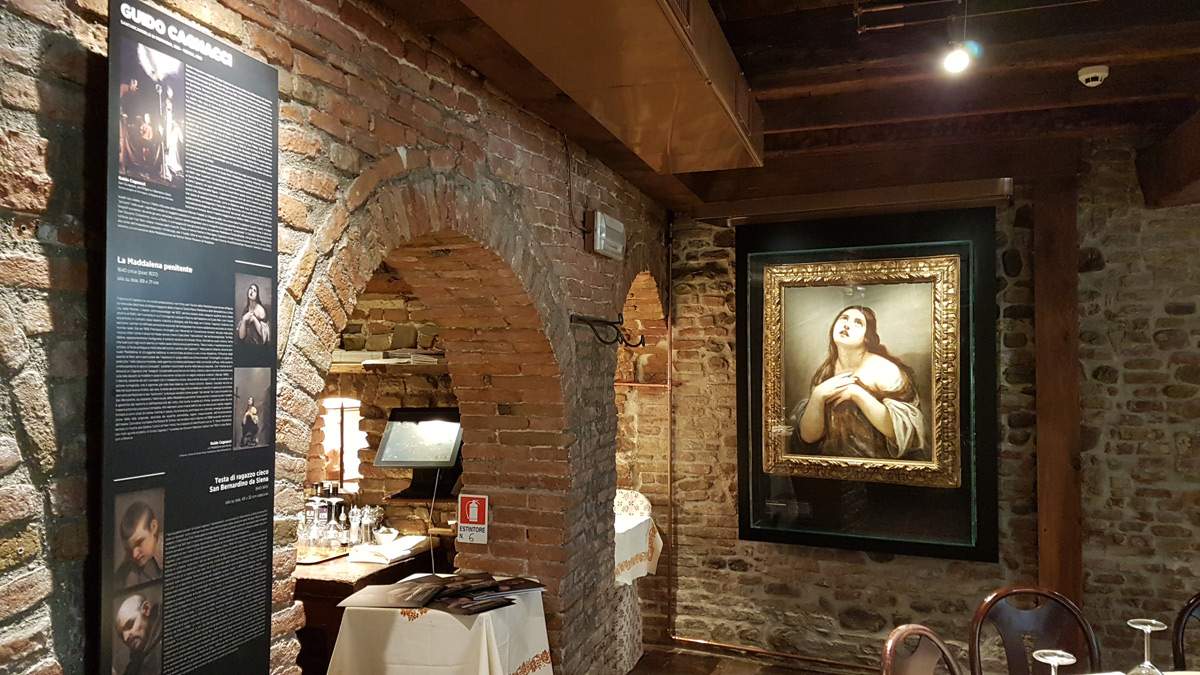 |
| One of Cagnacci’s paintings displayed in Manlio Maggioli’s restaurant. |
6. Spain increases funding for culture
The news of the 10 percent increase in culture funding in Spain, decreed by the government of Pedro Sánchez, was one of the most read of the year in our magazine. At a time when culture takes a marginal role in the political debate, the fact that a government has decided to invest copiously in the sector is something that achieves great resonance. Sure, Spanish newspapers were pointing out that in any case, the overall allocation guaranteed by the state to culture went up from 0.2 percent in 2018 to 0.3 percent: practically crumbs. But still a positive sign. Full story here.
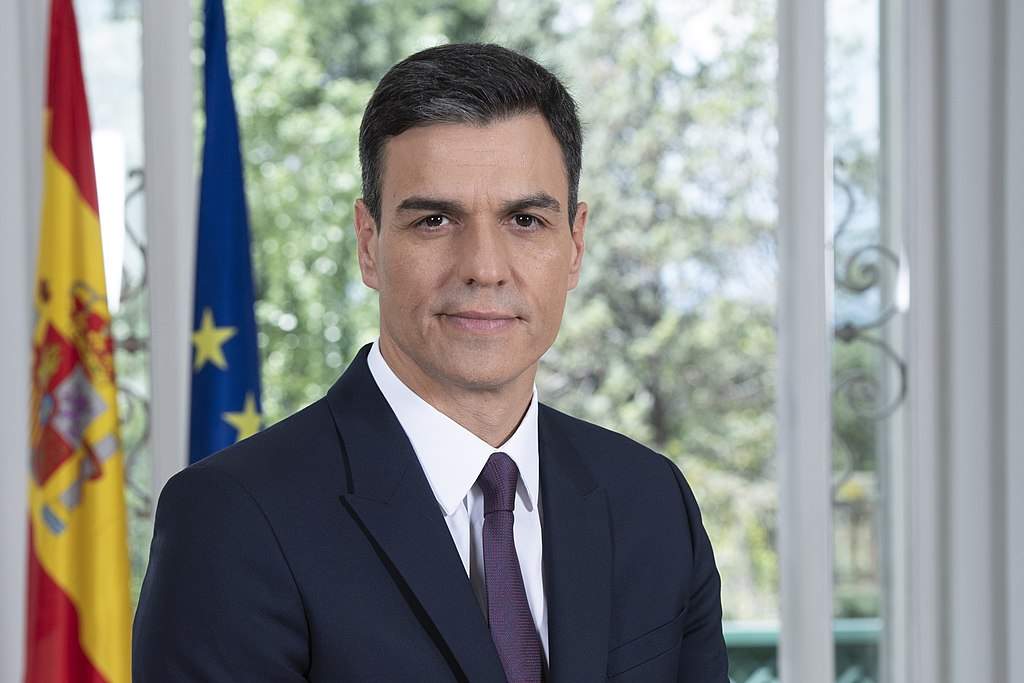 |
| Spanish Prime Minister Pedro Sánchez. Ph. Credit Pool Moncloa / Borja Puig de la Bellacasa |
5. The Pisa Foundation acquires a valuable portrait of Artemisia Gentileschi executed by Simon Vouet
It is the only portrait of Artemisia Gentileschi executed by the great colleague Simon Vouet, and now everyone can see it, thanks to the purchase of the Pisa Foundation, which bought the work in June. Since September, the beautiful canvas can be admired in the rooms of Palazzo Blu in the Tuscan capital. A work recently discovered (in 2000) by two distinguished scholars, Roberto Contini and Francesco Solinas, and linked to Pisa not only because Artemisia’s family was of Pisan origin, but also because the commissioner was from Pisa. An important acquisition not only for Pisa, but for all of Italy. Full story here.
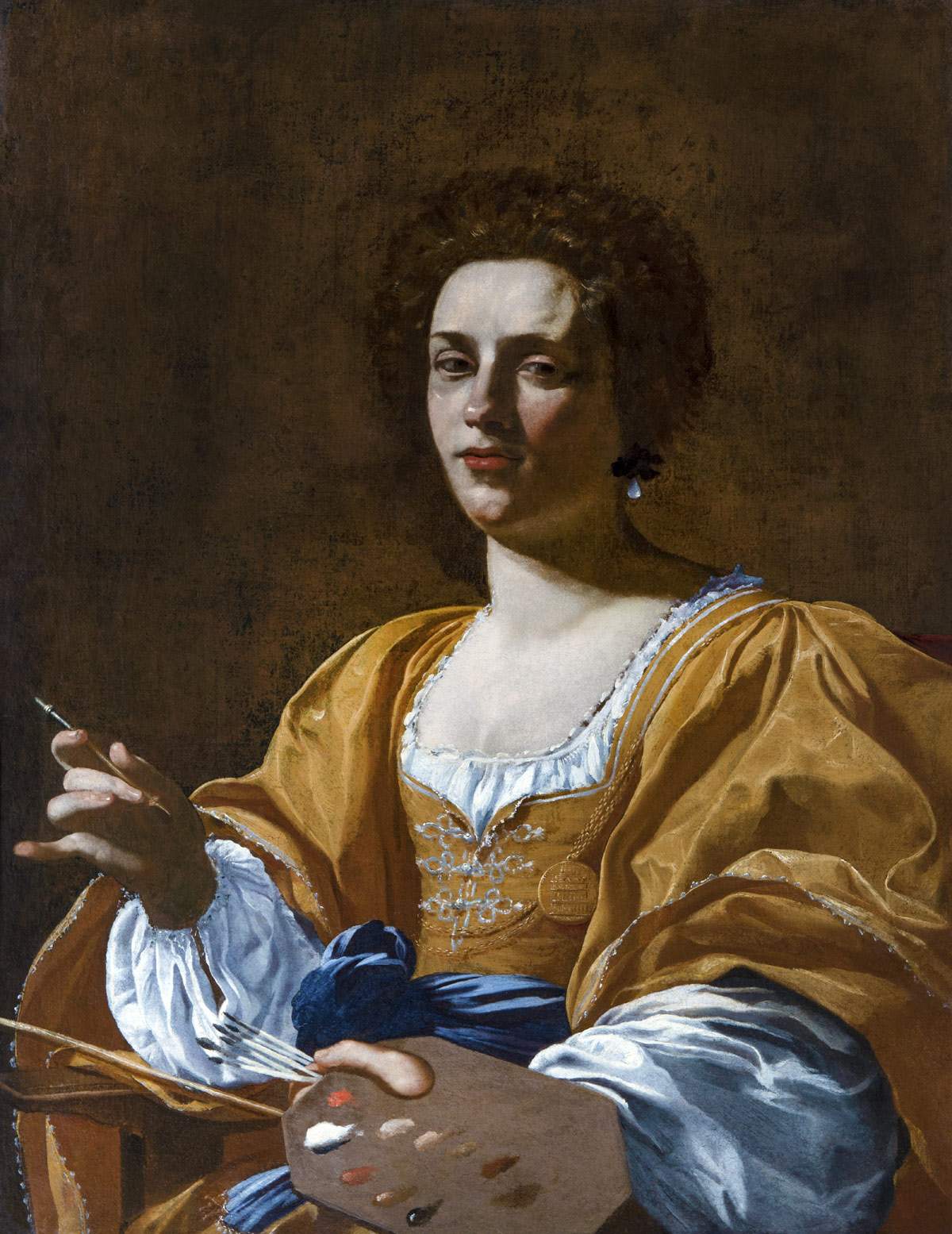 |
| Simon Vouet, Portrait of Artemisia Gentileschi (c. 1623; oil on canvas, 90 x 71 cm; Pisa, Palazzo Blu) |
4. A museum entirely dedicated to children is born in Verona
In a country where the idea that museums can also be child-friendly is not yet highly developed, it makes us happy that, in Verona, a museum entirely dedicated to children has been born: it is the Children’s Museum, which in a thousand square meters of exhibition space takes its young visitors to discover science, art, music, and technology. With thematic areas designed for the different developmental stages of the child. It is the first facility of its kind in the entire Northeast. Full story here.
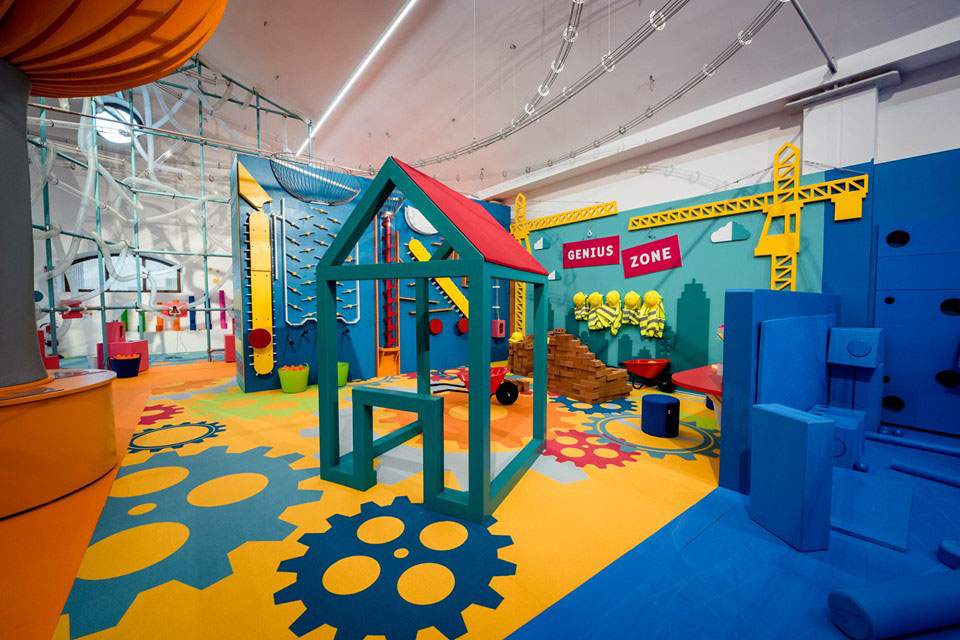 |
| A room at the Children’s Museum of Verona |
3. At the U.S.-Mexico border, two artists make children play divided by the wall
Art to overcome barriers and ideally break down borders: images of large pink swings created by architect Ronald Real and designer Virginia San Fratello went around the world in July: placed on either side of the wall that runs along the U.S.-Mexico border, it allowed children divided by the wall to play together. An event...magical. One that demonstrated the power of art. Full story here.
 |
| The pink swings at the U.S.-Mexico border. |
2. The reopening of the Museo dell’Opera del Duomo in Pisa.
Pisa still stars in the top ten list of good news with an event that had been awaited for five years, an operation that required an investment of six and a half million euros: the new Museo dell’Opera del Duomo in Pisa finally reopened its doors in October, with a (top-notch) itinerary made up of totally renovated layouts. New materials, new exhibition criteria, modern and engaging layouts capable of thrilling the public with a fresh narrative in every room, and extraordinary masterpieces: from Nicola Pisano to Spinello Aretino, from Tino di Camaino to Giovanni Pisano, from Matteo Civitali to Andrea Guardi. Full story here.
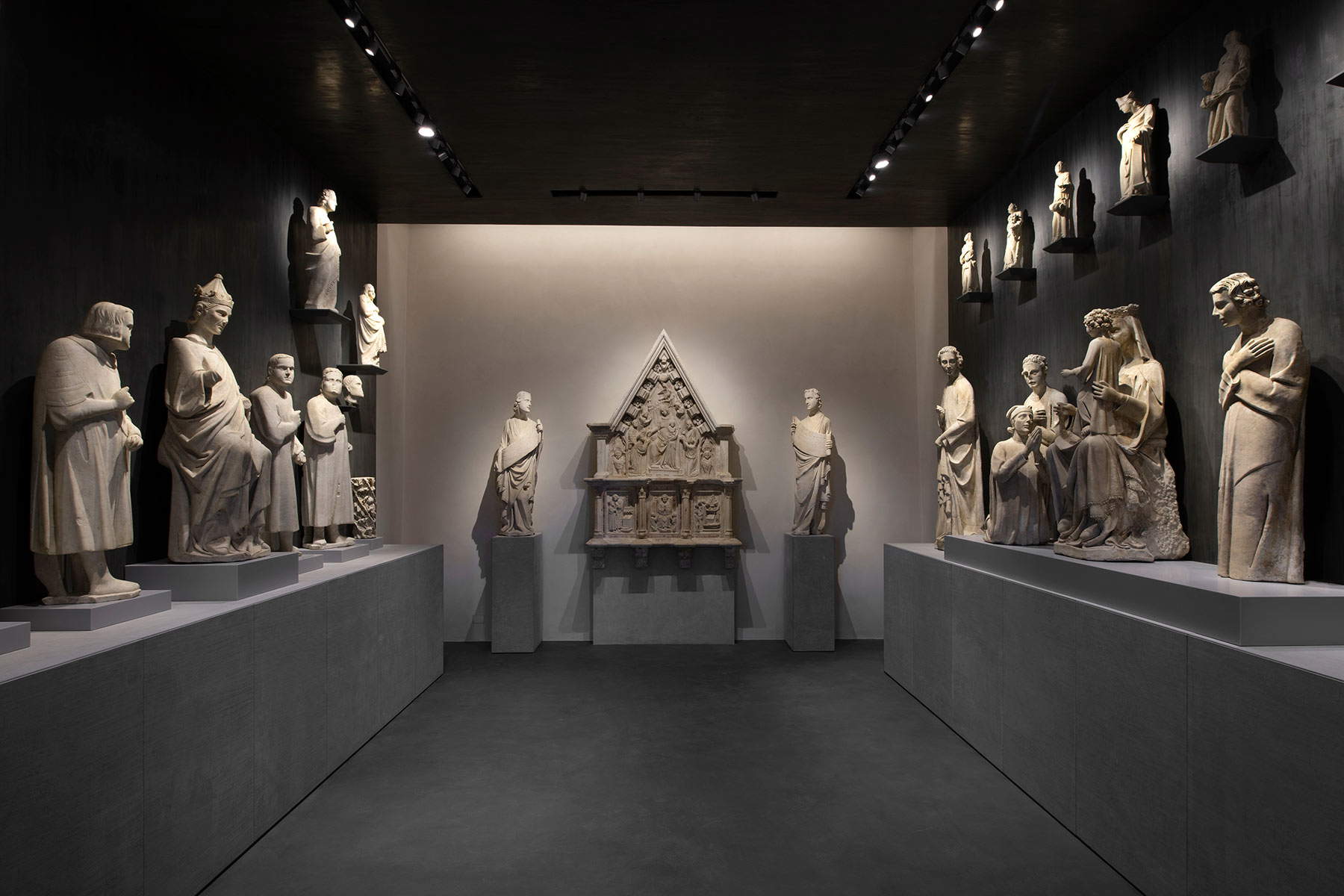 |
| The new Museo dell’Opera del Duomo in Pisa. Ph. Credit Nicola Gronchi for Opera della Primaziale Pisana |
1. The church of San Pietro in Avenza rediscovers and regains its triptych after more than five hundred years
We may seem biased because the event happened just a stone’s throw from our editorial office, in the hamlet of Avenza in Carrara, but things like this happen rarely, almost never, and they have almost something miraculous about them: the local church of San Pietro, thanks to some fortuitous circumstances, learned that the Ringli Triptych, a 1438 work by the Master of St. Ivo commissioned for the very church and taken away from the house of worship probably a few decades later, was on the market. The art dealer who had bought the work at auction, Matteo Salamon, decided to give the parish a favorable price to help it get the precious painting back: so the parish priest, Don Marino Navalesi, took action to arrive at the amount needed for the purchase, and thanks to the goodwill of the faithful, local businesses and several art enthusiasts from all over the world (because the news, given its uniqueness, soon spread everywhere), the parish succeeded in the feat of bringing the Triptych home. An extraordinary example of tenacity and collective commitment to art. The unveiling, which took place last December 1 when the triptych physically returned to Avenza, was exciting. Full story here.
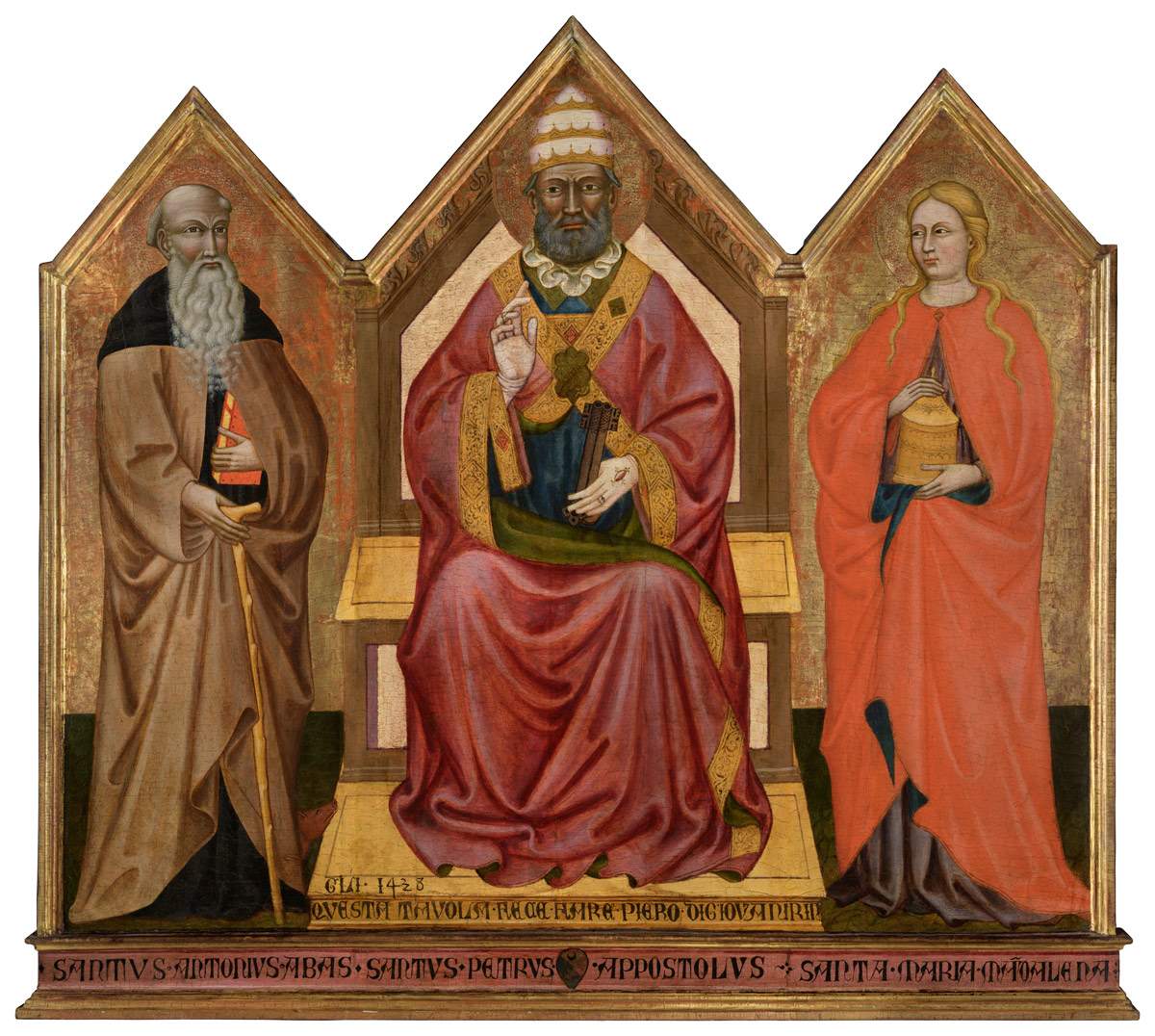 |
| Master of SantIvo, St. Peter Enthroned between St. Anthony Abbot and Mary Magdalene also known as the Ringli Triptych (1438; tempera on panel with gold ground of half, 133.8 x 149.2 cm) |
 |
| To remember 2019 positively, here are 10 good news from art and culture |
Warning: the translation into English of the original Italian article was created using automatic tools. We undertake to review all articles, but we do not guarantee the total absence of inaccuracies in the translation due to the program. You can find the original by clicking on the ITA button. If you find any mistake,please contact us.